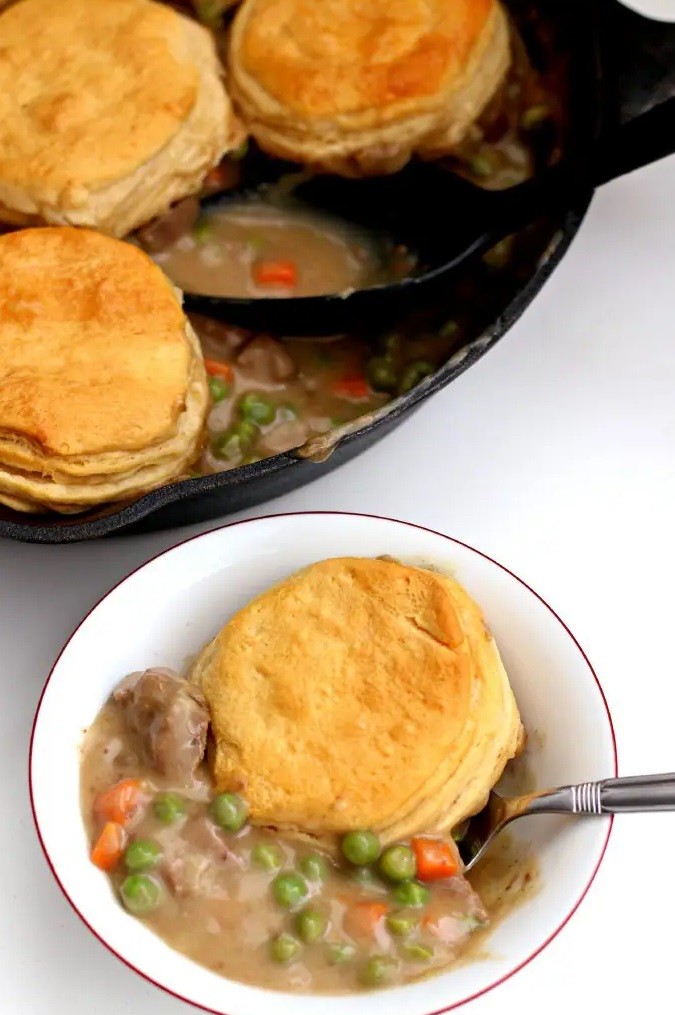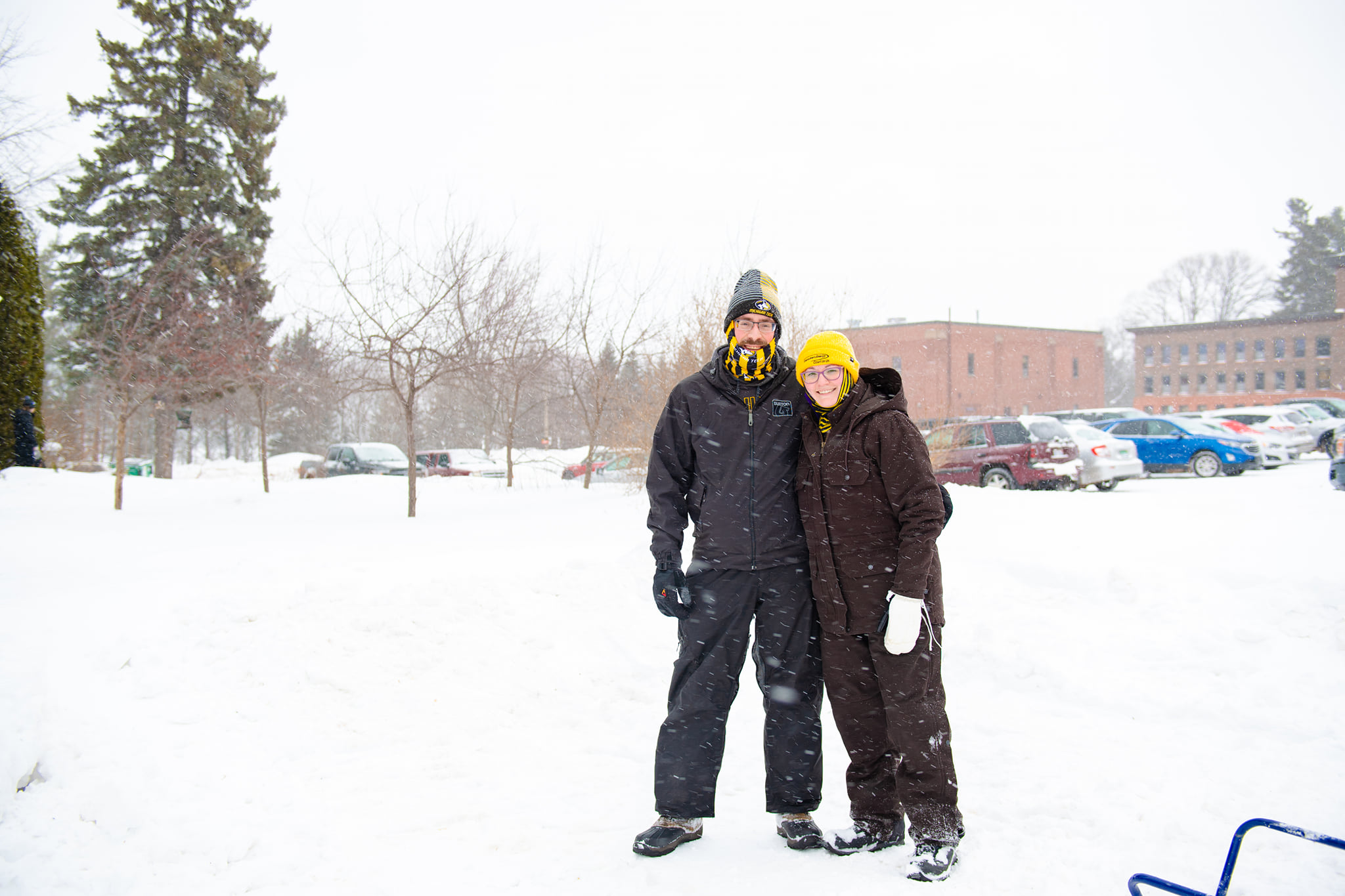The Civilizational Crisis No One Expects
- Home Page 14

Self-Insurance
This content is accessible to paid subscribers. To view it please enter your password below or send mike@standardsmichigan.com a request for subscription details.
A melange of wine research
United States Food & Drug Administration | Distilled Spirits
— Dr. Maya C. Popa (@MayaCPopa) May 26, 2023
https://www.facebook.com/groups/1089237785165822/permalink/1515826392506957/
Wine consumption in the US is higher on the coasts. Source: https://t.co/iXiIdQ6kAW pic.twitter.com/eTw3KjaTxn
— Simon Kuestenmacher (@simongerman600) January 9, 2025
Old-Fashioned Beef Stew
Ingredients
- 1/4 cup all-purpose flour
- 1/4 teaspoon freshly ground pepper
- 1 pound beef stewing meat trimmed and cut into inch cubes
- 5 teaspoons vegetable oil
- 2 Tablespoons red wine vinegar
- 1 cup red wine
- 3 1/2 cups beef broth homemade or low-sodium canned
- 1 bay leaf
- 1 medium onion peeled and chopped
- 5 medium carrots peeled and cut into 1/4 inch rounds
- 2 large baking potatoes peeled and cut into 3/4 inch cubes
- 2 teaspoons salt
We Love Our Cowgirls 🤎🤠💛#NGWSD • #OneWyoming pic.twitter.com/CTdwRsuSiV
— Wyoming Athletics (@wyoathletics) February 7, 2024
Instructions
-
Wash hands with soap and water for 20 seconds.
-
Combine the flour and pepper in a bowl, add the beef and toss to coat well. Heat 3 teaspoons of the oil in a large pot. Add the beef a few pieces at a time; do not overcrowd. Cook, turning the pieces until beef is browned on all sides, about 5 minutes per batch; add more oil as needed between batches.
-
Wash the counter and utensils that touched the raw meat. Wash hands with soap and water after handling raw meat.
-
Remove the beef from the pot and add the vinegar and wine. Cook over medium-high heat, scraping the pan with a wooden spoon to loosen any browned bits. Add the beef, beef broth, and bay leaf. Bring to a boil, then reduce to a slow simmer.
-
Cover the pot and cook, skimming broth from time to time, until the beef is tender, about 1 1/2 hours.
-
While the beef is cooking, scrub the onion, carrots, and potatoes with a clean vegetable brush under cold running water. Prepare vegetables as directed in the ingredients.
-
Add the onions and carrots to the pot and simmer, covered, for 10 minutes. Add the potatoes and simmer until vegetables are tender, about 30 minutes more. Add broth or water if the stew is dry. Season with salt and pepper to taste.
-
Serve immediately.
Trump’s children all turned out so well pic.twitter.com/bZlmPunH2h
— Petronius Arbiter (@soulofpetronius) October 25, 2025
Ländler
This content is accessible to paid subscribers. To view it please enter your password below or send mike@standardsmichigan.com a request for subscription details.
Cornish Pasties
Dining Services Recipe | MTU Alumni Recipe
Perfect weather for a Husky. 💛🐾#MichiganTech pic.twitter.com/iGuBVE484J
— Michigan Tech (@michigantech) January 24, 2024
2024 Financial Report: Net Position $479,190,705
Leās on ānum, leās on eallum
This content is accessible to paid subscribers. To view it please enter your password below or send mike@standardsmichigan.com a request for subscription details.
Smart Campuses Stupid Cities
This content is accessible to paid subscribers. To view it please enter your password below or send mike@standardsmichigan.com a request for subscription details.
New update alert! The 2022 update to the Trademark Assignment Dataset is now available online. Find 1.29 million trademark assignments, involving 2.28 million unique trademark properties issued by the USPTO between March 1952 and January 2023: https://t.co/njrDAbSpwB pic.twitter.com/GkAXrHoQ9T
— USPTO (@uspto) July 13, 2023
Standards Michigan Group, LLC
2723 South State Street | Suite 150
Ann Arbor, MI 48104 USA
888-746-3670


















